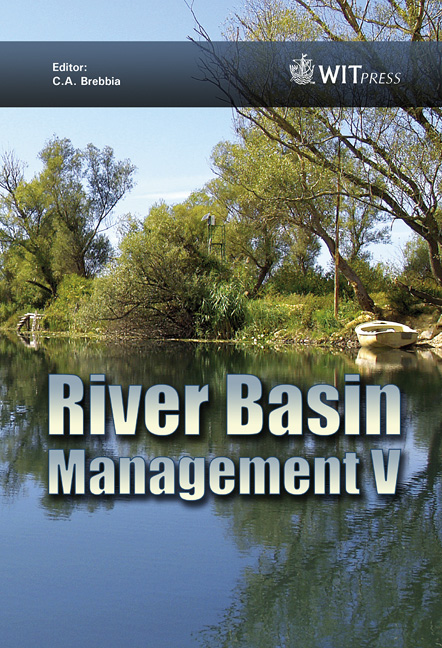River Network Of Young Glacial Areas And Its Fractal Dimension
Price
Free (open access)
Transaction
Volume
124
Pages
10
Page Range
351 - 360
Published
2009
Size
681 kb
Paper DOI
10.2495/RM090321
Copyright
WIT Press
Author(s)
J. Fac-Beneda
Abstract
The environment of the areas of young Pleistocene post-glacial accumulation are characterized by a polygenetic hydrographic network. The hydrographic interpretation method was used to identify the network, and the method of Horton-Strahler and the one by Drwal, to order it. The research covered twelve drainage basins of the Pomeranian Lakeland (north Poland). Maps in 1:50 000, 1:200 000 and 1:500 000 scale were used. The ordering of a network by the Drwal method leads to a decrease in Rb and Rl values in comparison with analogous values for the Horton-Strahler method (Fig. 3). Generally, value D is higher, often considerably, in hierarchisation by the Drwal method, than by the Horton-Strahler one (Tables 1–3). The reason for this is the fact of taking into consideration \“wild streams’ in the Drwal method. The stream length ratio, employed in network analysis, was used to draw empirical straight-lines which were then compared with the theoretical straight-line (Rl=2). The straight-lines drawn on the basis of the values obtained from hierarchisation by the Drwal method have a course definitely closer to the reference straight-line (Fig. 4). This situation does not depend on a map’s scale. Among the analysed systems, the best network development and organization characterizes system No 6. Keywords: Horton’s laws, hierarchisation, fractal dimension, Pleistocene glacial accumulation terrains.
Keywords
Horton’s laws, hierarchisation, fractal dimension, Pleistocene glacial accumulation terrains





